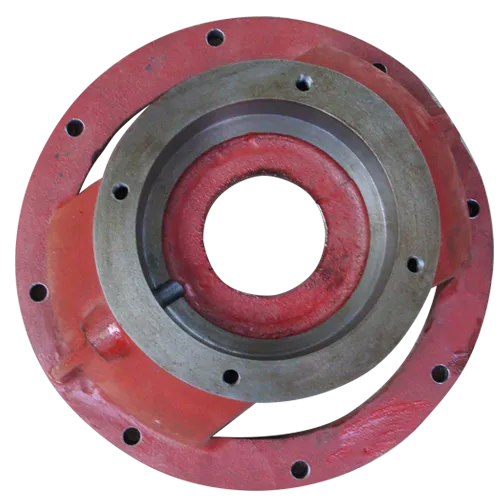Mobile:+86-311-808-126-83
Email:info@ydcastings.com
Innovative Techniques in Green Sand Aluminum Casting for Sustainable Manufacturing Practices
Green Sand Aluminum Casting An Overview
Green sand casting is a widely used method in the metalworking industry, particularly for aluminum casting. This process combines the benefits of cost-effectiveness, versatility, and a relatively straightforward procedure, making it a popular choice among foundries and manufacturers.
What is Green Sand?
Green sand refers to a mixture of sand, clay, and water, which forms the mold for casting. The term “green” does not indicate the color but rather signifies that the mold is not hardened by any chemical process; it remains moist during the casting. The typical composition of green sand includes silica sand (approximately 90%), bentonite clay (about 10%), and water, which create a mold that can withstand the high temperatures involved in aluminum casting.
Why Choose Aluminum?
Aluminum is an ideal material for casting due to its lightweight, corrosion resistance, and excellent thermal conductivity. These qualities make aluminum a favored choice for various applications, including automotive, aerospace, and consumer goods. The melting point of aluminum is relatively low (around 660°C or 1220°F), which further enhances the efficiency of the casting process.
The Green Sand Casting Process
The green sand casting process involves several steps. First, the pattern of the desired part is created, typically made from metal, wood, or plastic. This pattern is then pressed or compacted into the green sand mixture to form a mold. The mold consists of two halves, the cope (top half) and the drag (bottom half).
Once the mold is prepared, the pattern is removed, leaving a cavity in the shape of the desired object. The next step involves assembling the cope and drag halves, ensuring proper alignment and securing any gating systems needed for pouring aluminum.
green sand aluminum casting

Aluminum is melted in a furnace and poured into the mold cavity through the gating system. The heat from the molten aluminum causes the sand to bond slightly together, providing additional structural integrity to the mold during cooling. After the aluminum has solidified, the mold is broken away to reveal the cast part.
Advantages of Green Sand Aluminum Casting
One of the primary advantages of green sand casting is its cost-effectiveness. The materials used are relatively inexpensive and readily available. Additionally, green sand molds can be reused multiple times, reducing the overall material costs associated with casting.
Another benefit is the process’s adaptability. Green sand casting can accommodate various aluminum alloys and complex geometries, enabling manufacturers to create intricate designs. Moreover, the process is compatible with automated systems, making it efficient for high-volume production.
Challenges and Considerations
Despite its many advantages, green sand casting is not without challenges. Issues such as sand grain size, moisture content, and clay type can significantly affect the final product's quality. Moreover, achieving fine detail might be more challenging compared to other casting methods like die casting or investment casting.
Conclusion
In summary, green sand aluminum casting is a vital process within the foundry industry, offering an effective means of producing durable and lightweight aluminum parts. With its cost efficiency, versatility, and adaptability, it remains a preferred choice for manufacturers who seek quality and performance in their products. As industries continue to evolve, green sand casting will likely adapt, incorporating new technologies to further enhance its application in modern manufacturing.
-
Understanding Metal Casting TechniquesNewsApr.02,2025
-
Understanding Exhaust Manifolds for Enhanced Engine PerformanceNewsApr.02,2025
-
The World of Metal FabricationNewsApr.02,2025
-
Key Components for Pump and Turbo EfficiencyNewsApr.02,2025
-
Essential Tools for Automotive Maintenance and RepairNewsApr.02,2025
-
Durable Valve Components for Effective Water ManagementNewsApr.02,2025











